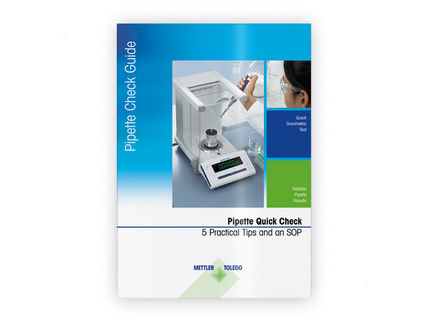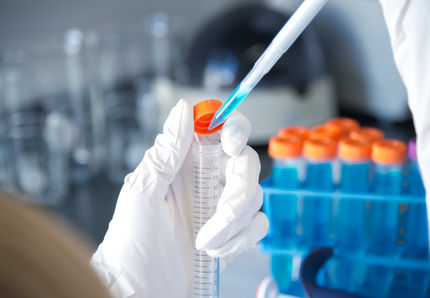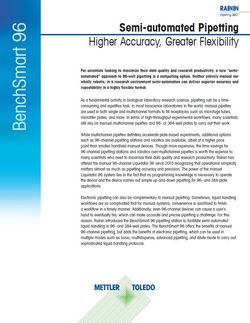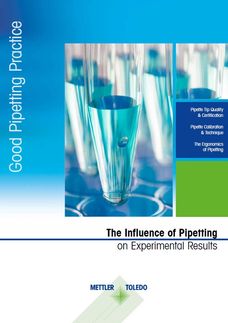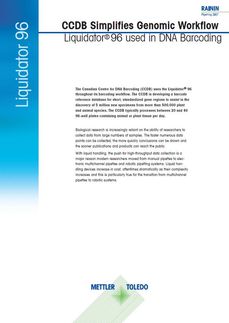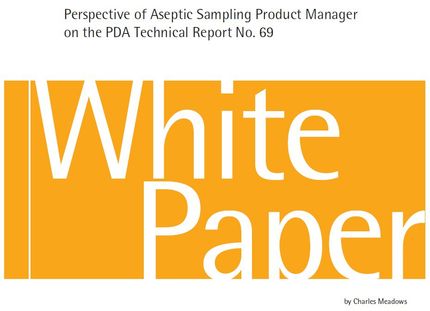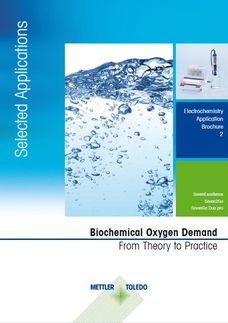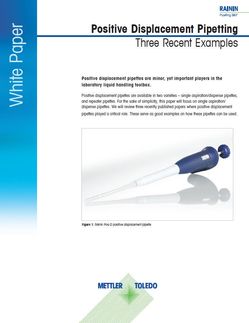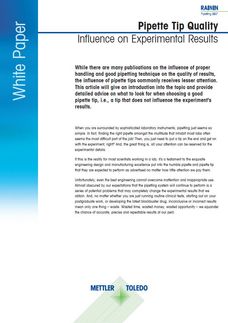Contamination-Free and Precise Pipetting of Blood and Plasma
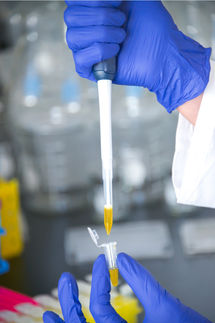
Reliable exclusion of sample carry-over and cross-contamination during pipetting of blood and plasma with positive displacement pipettes
Blood and plasma contain proteins that can lead to foaming during pipetting. This makes it difficult to pipette blood and plasma accurately and contamination-free. Blood is also a vis-cous suspension and may be dangerous. With a positive displacement pipette, the risk of contamination from the sample to the pipette and user is reduced and the absence of the air cushion does not affect the accuracy of the pipette due to the physical properties of the sample (e.g. viscosity and temperature). Disposable Capillary Pistons are the only way to eliminate residual sample carry-over, aero-sol contamination, and cross-contamination when pipetting liquids like blood or plasma. With the disposable piston located inside the capillary tip, your pipette, your sample and yourself are protected against contamination.
This white paper shows how blood and plasma can be pipetted accurately and without con-tamination by comparing positive displacement and air displacement pipetting.
The following questions will be answered:
- What problems often occur when pipetting plasma and blood?
- How does a positive displacement pipette work?
- What are the advantages of the direct displacement pipette?
Download white paper now
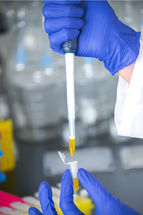
Contamination-Free and Precise Pipetting of Blood and Plasma
Reliable exclusion of sample carry-over and cross-contamination during pipetting of blood and plasma with positive displacement pipettes
White Paper classification
White papers on related topics
Products on related topics
Manufacturers of similar products
See the theme worlds for related content
Topic world Pipetting
Pipetting is one of the most basic yet critical techniques in the laboratory. It enables the precise and controlled transfer of liquids, which is essential for accurate measurements and reliable results. Whether in DNA analysis, cell culture or biochemical assays, correct pipetting significantly influences the quality of the results.

Topic world Pipetting
Pipetting is one of the most basic yet critical techniques in the laboratory. It enables the precise and controlled transfer of liquids, which is essential for accurate measurements and reliable results. Whether in DNA analysis, cell culture or biochemical assays, correct pipetting significantly influences the quality of the results.
